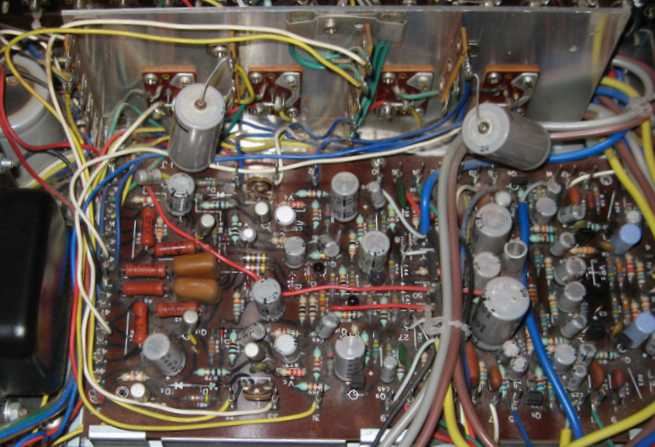A number of enthusiasts prefer single speaker designs driven directly. The proprietor of a local B&O dealer, Jabez Gough of Gough's (no longer extant), came up with a design (1961 UK patent 912,430) using 8" drivers that generated much interest. This consisted of a cabinet with hinged lid to direct the sound (a perhaps crude precursor to acoustic lens technology?), with ports to either side of the speaker which was mounted on the top, under the lid. Importantly, perhaps acknowledging the variance in speaker spec, it was held that dimensions, including that of the seams was not critical, although the author acknowledged that a lighter cone and coil mass could improve. Shop-supplied units would use the customer's choice of speaker. Surviving speakers can be mounted with a variety of other 'exotics' like the 25W 16R Lafayette SK 212, one type used to effect as a replacement being the Soundlab 8" (20cm) bi-cone bass unit (8LUX, res 40Hz). Larger versions seen included the Goodman's twin-axiom 10/12 speakers (bi-cone).
Given the limitations of sound sources then available (including non-stereo FM) this author did not find the resulting sonic performance disagreeable. One critic suggested that the inclusion of a coil of 24 x 24 x 1" fibreglass below the speaker reduced a 'boxiness' quality.

A reviewer (Audio, December '73, PDF available) wrote positively of the better dual versions demonstrated in Gough's custom built listening room. These used Goodmans Axiom 80 units.


This arrangement is well suited to larger rooms where speakers are not expected to be set against walls, say when the listening/seating area is in the middle or set to one side. It is felt that the major contribution of this approach was that it demonstrated that for effective domestic bass responses, speaker cabinets had to exceed two feet on at least one dimension and that the acoustic energy could be focussed, or 'tuned', then increasing the perceived efficiency of the system, important if overdriving was to to be avoided.
A suitable amplifier could be the Leak Stereo 20, contemporary Quads, an Armstrong or the later Roger's Cadet. Solid-state designs with low level cross-over distortion like the Linsley Hood '69 class A could add definition. Sustainable maximum amplifier outputs would then generally sit between some 3-10W, more than sufficient even today to have neighbours complaining and then arguably presenting sufficient 'headroom'.
If time and resource allowed this design to be revisited, emphasis would be placed on stiffening the structure with corner joint battens and a brace on the mid-line between the larger panels. The baffle board should exceed 5/8" (16mm) in thickness. Damping filler would probably have to be matched to the drivers, although a lining on two adjacent sides of the central chamber might meet most needs. The speakers can then each have their own terminals so that testing and series/parallel combinations can be made easily, although it is expected that a series arrangement would be best. Because of their near horizontal disposition, protection of the cones is desirable and can be done with an acoustically transparent fabric that advisedly should be liquid proof. This, if made detachable, will allow the drivers to be 'top-loaded' easing replacement and flexibility will be enhanced if castors are added.
For vinyl, the system was driven by a Miniconic cartridge on a SME headshell on a custom-built low-mass, low friction gimbal suspension tonearm whose extra length was intended to help reduce tracking trajectory errors, mounted on a Garrard 301 set on concrete.



